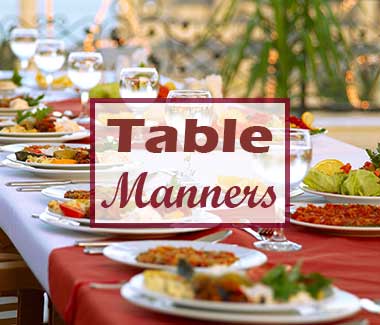Nepal and Bhutan Dining Etiquette
Daily life in both countries, with the exception of Kathmandu and certain tourist areas, has not changed from the way it has always essentially been, and the protocols and etiquettes of both Hindu and Buddhist cultures overlap and influence each other in a fabric of repeating agrarian cycles. It should be noted that aspects of both Hinduism and Buddhism, in the face of being integrated into one another in these agrarian cultures, are often exaggerated; for example, in Nepal, the Hindu concern for making food impure by touching it is exaggerated so that when drinking from a cup, one should hold it so that the fluid goes into the mouth, but the lips never touch the cup rim (this may be difficult to master at first). While tea is the local daily drink, chang (a fermented version of millet) is the local brew. One must take special care not to cause the members of one caste or sect to socialize or come in contact with members of another in typical daily activities. Fire is sacred, so, as a guest in a home, you will never be invited into the kitchen, and you must never casually toss anything into a flame.
related:
asian, pacific rim dining etiquette


